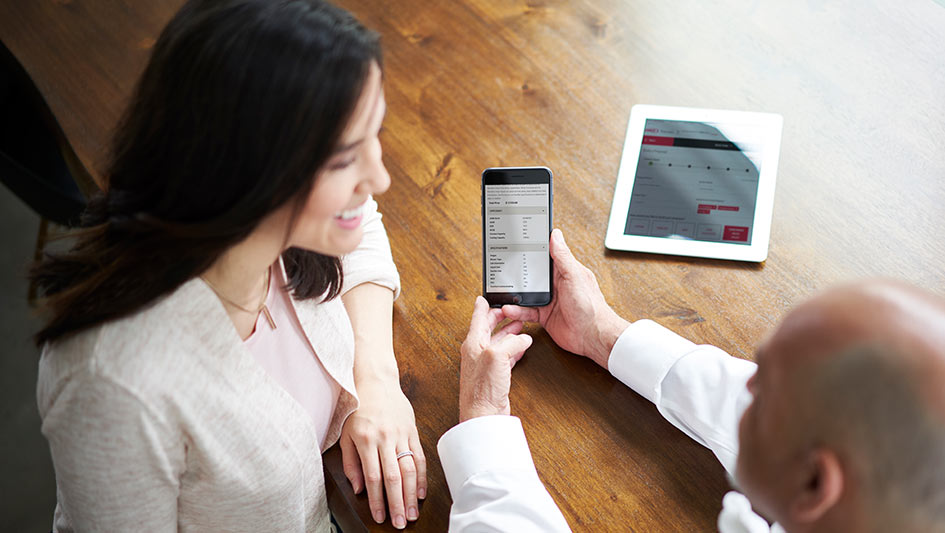
If you’re one of the usual American households who spends more than $2,000 each year on energy bills, installing a smart thermostat is a good approach to keep energy costs low. Although manyhouses rely on programmable thermostats, yours probably isn’t being made the most of as it’s on “hold” all the time.
When installing a new thermostat, the Nest smart thermostat is one of the top sellers. That’s due to the fact it adjusts to your temperature preferences and schedule, and then develops an energy-efficient schedule to match. You can also keep an eye on it and raise it from almost anywhere with your smartphone.
On average, Nest says its thermostat saves about 10-12% on heating expenses and about 15% on cooling costs. That’s about $131 to $145 saved every year, which helps it pay for itself in under two years. And most utility companies provide rebate programs that help you install a smart thermostat for free or close to it.
When you’re getting a smart home thermostat, you’ll want to ensure it works with your HVAC system. This is especially essential if your equipment is aging. If it’s not, you may experience troubles, like odd furnace or air conditioner behavior. That’s why it’s important to have a professional like Clean Air HVAC help you select a new thermostat and take care of your smart thermostat installation.
Here’s how to determine if the Nest is compatible with your HVAC system.
Nest Works with Many Heating and Cooling Systems
The good news is that Nest made its thermostat to run with many different 24-volt systems, including old ones.
This covers heating and cooling systems that use:
- Natural gas
- Oil
- Electricity
Before you purchase a Nest, you can run the Compatibility Checker to make sure you have a smooth transition. Once you’ve confirmed it’s a match, your Nest will work you through compatibility and wiring when you set it up.
The Nest Learning Thermostat can run with the largest types of home comfort equipment, including heat pumps, furnaces and air conditioners. It also works with extremely energy-efficient multistage systems, dual-fuel equipment, humidifiers and dehumidifiers, but you’ll often need a specialist like Clean Air HVAC to complete the detailed wiring and setup steps.
Does the Nest Have to Have a C-Wire?
If you’ve read up on the Nest, you’ve probably found details about the C-wire, or common wire. This wire powers your smart thermostat when it can’t pull ample power from the other wires.
If you don’t have a C-wire, it’s likely still all right to use a Nest. The company says its thermostats were created to use little power. In most cases, this means they can work normally without this wire.
Have a smart thermostat without a C-wire and noticing strange heating and cooling behavior? An HVAC professional like Clean Air HVAC can add a C-wire for you.
Our Experts Make Smart Thermostat Installation Easy
Installing a new thermostat makes it a snap to keep track of your energy and cooling costs while keeping your {house|residences|home comfy. If you’re thinking about adding a Nest smart thermostat to your house, Clean Air HVAC can help you find the best model for your home and then professionally install it. Call us at 925-233-6238 to get started now!


